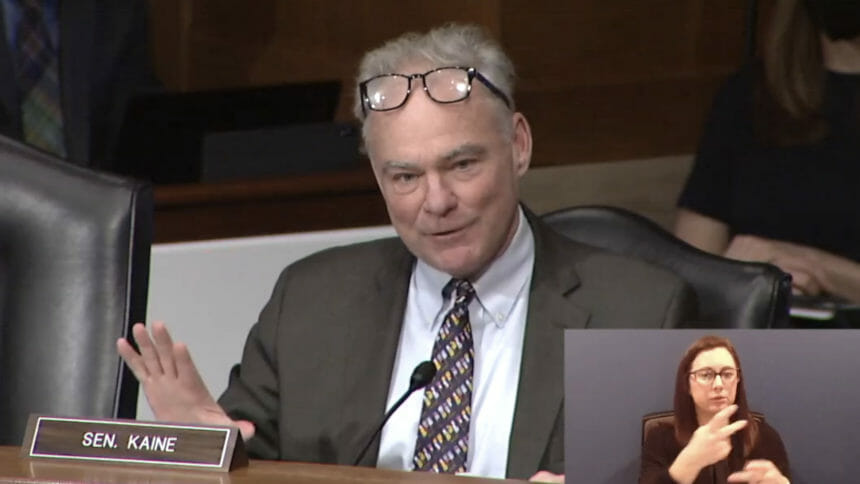
Sens. Bob Casey (D-PA) and Tim Kaine (D-VA) have introduced a bill to strengthen and expand long-term care ombudsman programs, calling for a new national director and a study to better understand the number of additional volunteers needed.
It would update for the first time in 30 years the ratio of ombudsmen — citizen advocate-overseers of nursing homes — to the number of facility beds. It would also make it easier to recruit volunteers, the lawmakers said.
The national ombudsman program was established through the Older Americans Act, for which Casey is fighting to get reauthorization this year. The new Strengthening Advocacy for Long-Term Care Residents Act takes a three-pronged approach to improving ombudsman advocacy for nursing home residents and others.
“Long-term care ombudsmen are vital to ensuring that residents of nursing homes and other long-term care facilities have advocates who can represent their interests and can push for better care and conditions,” Casey said in a emailed statement Tuesday. “Senator Kaine and I are introducing this bill to strengthen the Ombudsman Program and ensure that it has the resources, leadership, and personnel to continue its critical work safeguarding the Nation’s residents of long-term care facilities.”
The bill would:
- Require the National Academies of Sciences, Engineering and Medicine to study and issue a report on the recommended ombudsman-to-bed staffing ratio. Casey’s office said the current ratio was last updated nearly 30 years ago and recommends one ombudsman to 2,000 beds. “Current data indicates that caseloads far exceed that threshold,” Casey’s statement noted, echoing consumer complaints that have been aired broadly in mainstream media since at least the onset of the pandemic.
- Reinstate a national director for the ombudsman program, a position that was phased out during the Trump Administration.
- Establish categories of duties for ombudsman volunteers and assign appropriate training requirements for volunteers based on those categories. Casey said having the same requirements for paid ombudsmen and volunteers can be a barrier to volunteer recruitment.
In 2023, nearly 5,400 ombudsman program staff and volunteers conducted more than 340,000 visits to long-term care facilities, assisting over 500,000 residents and their families.The reform bill is endorsed by the National Association of State Long-Term Care Ombudsman Programs, USAging, and other aging agencies in the two senators’ home states.
A report from the US Government Accountability Office in May found that many of the same problems facing long-term care operators across the country have also increasingly arisen as obstacles for state long-term care ombudsman programs in recent years.




